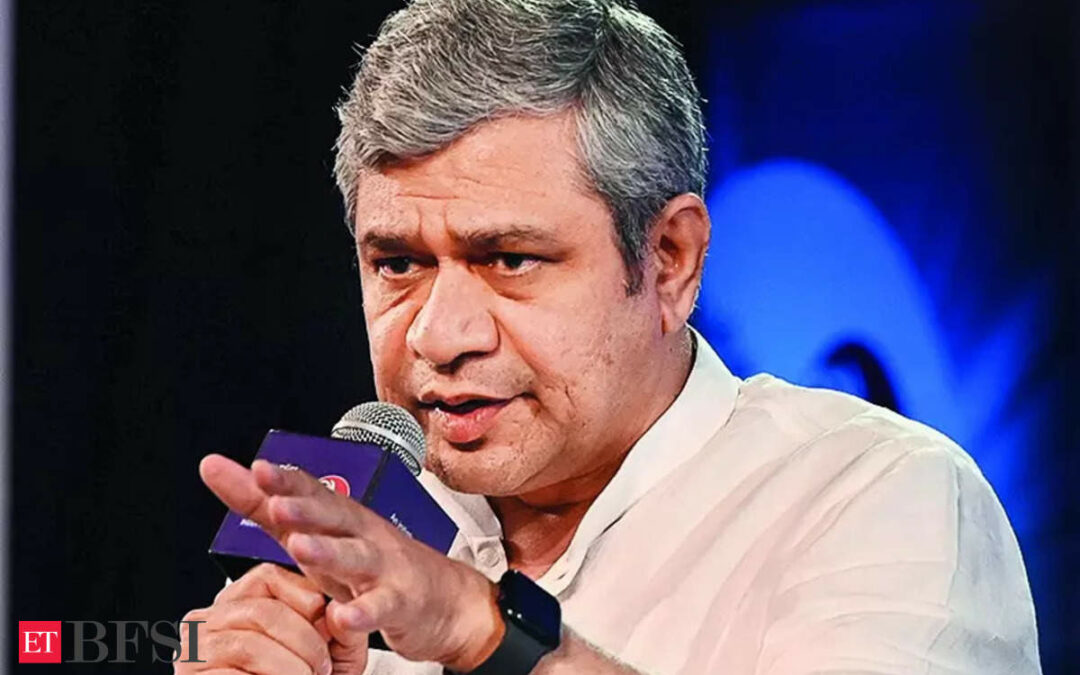Intensifying heatwave is unlikely to significantly dent India’s growth, even though it could cause some disruption in construction and farm activity, said experts.
“Construction and agriculture are likely to be impacted more. Within agriculture, the vegetable output might get impacted more, as most of the cereal sowing will start later,” said Sunil Kumar Sinha, principal economist, India Ratings and Research.
Construction accounted for around 9% of India’s gross domestic product (GDP) in 2023-24.
Economists said a slowdown in construction might also impact ancillary sectors such as cement and sanitaryware, which account for another 8-9% of the GDP.
However, the impact may be limited to the region witnessing severe heat conditions, they said.
“Typically, the northern region gets impacted more than any other,” said Sinha.
The country is likely to experience “above normal heatwave days” between April and June due to EL Nino conditions, according to the India Meteorological Department. Debopam Chaudhuri, Piramal Group’s chief economist, said industrial productivity is not expected to undergo any major contraction due to heatwaves. “Being a tropical country, India has been periodically exposed to spells of heat or floods. Consequently, private and government industries have, over time, garnered requisite knowledge on preserving productivity through innovative work cultures,” he said.
The World Bank said in its latest South Asia Development Update report, “A recent study from India found that workers’ productivity in garment factories fell by almost 15% on hot days. This heat-related productivity decline disappeared when the garment factories had climate control technology.”
On the other hand, there might be an upside for certain industries, according to Sabnavis. “There will be a positive effect on consumer goods as demand for fridges, air conditioners will increase, as will that for cold drinks, ice cream, etc. This should bode well,” he said.
While consumer durable production grew in double digits between February and March, non-durable production contracted in both months compared with the year-ago period. According to data released earlier this month, consumer non-durable production contracted 3.8% year-on-year in February, and 0.2% year-on-year in January. However, there could be long-run damage from extreme heat. In a report last year, the RBI said that up to 4.5% of the country’s GDP could be at risk by 2030 on account of lost labour hours due to extreme heat.
According to another report, India suffered the highest earnings losses from heat-related labour capacity reduction in the G20 in 2021.










